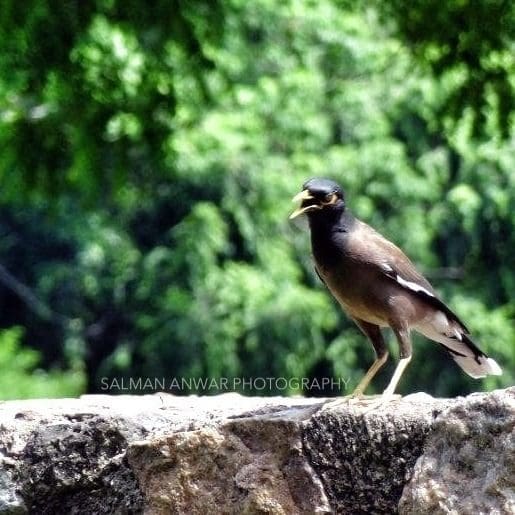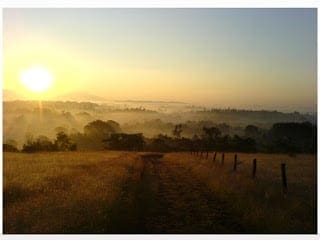
Bird photography is one of the most popular genres of nature photography. It is also a very challenging endeavour, requiring specialised skills and equipment – one does not simply pick up the camera used for family vacation photos and capture compelling avian images. On the same token, having the best possible photographic gear for the task does not ensure success either.
Time and patience play an important role in the outcome of one’s desire in capturing a perfect click. Luck has its own role too. The best part of bird photography is its vast choice of locations. From semi-urban areas and national parks to the dense rain forests, birds can be spotted anywhere and everywhere.
It seems the most successful bird photographers are not only skilled photographic technicians, but also have a thorough understanding of avian behaviour and habitat. Most importantly, they all have a deep love and appreciation for their subjects.
Following are 10 tips suggested by famous nature photographer, Scott Bourne towards capturing a fairly successful photograph of birds.
1. Background, background, background. If you don’t have a clean background you don’t have a good bird photo. Pick your backgrounds before you decide where to shoot.
2. It’s nearly impossible to photograph song birds, some raptors and other birds without setting up a perch and drawing the birds in. You need four things to do this. A clean place for the bird to perch, cover, food and water.
3. If you decide to set up a perch make sure you use local vegetation – it both aids in drawing in the birds and it makes the photograph more believable. You won’t find many arctic terns nesting on a cactus. Darker colored perches are less troublesome exposure wise.
4. Bird feeders are the easiest way to attract birds but if you’re going to put out a feeder make sure you use quality feed, and that you feed consistently, otherwise the birds will get sick or grow to rely on the feed and perhaps not find sufficient nourishment if you stop feeding. Tray feeders located near a water source and good perches will keep you shooting all day.
5. Use the smallest tray feeder you can find. Otherwise too many birds will just stay on the feeder and not land on the perch.
6. Remember that birds tend to fly or hop from perch to cover while they eat. They typically like to land on the same perch over and over so just be patient. When the bird leaves the perch there’s a good chance it is coming right back.
7. Use a long lens. Something in the 400-600mm range will give you enough distance from the birds that you shouldn’t scare them.
8. Shoot from a blind. Inexpensive bag blinds or hunting blinds are ideal for concealing yourself from the birds. They will be much more likely to hit your perch if they can’t see you lurking nearby.
9. Allow plenty of distance between your perch and background. The further away the background is from the perch, the more pleasing the bokeh.
10. If you’re photographing water birds, find a way to shoot from ground level. Water birds never look right when you are shooting down on them.
These are just 10 random tips. I could give hundreds more. The bonus tip is just go out and try it. Photographing birds requires patience but can be fun and very rewarding.
Happy clicking.







Be the first to comment